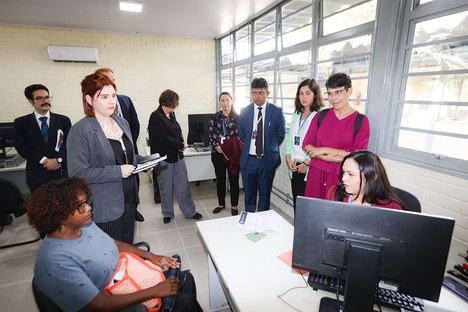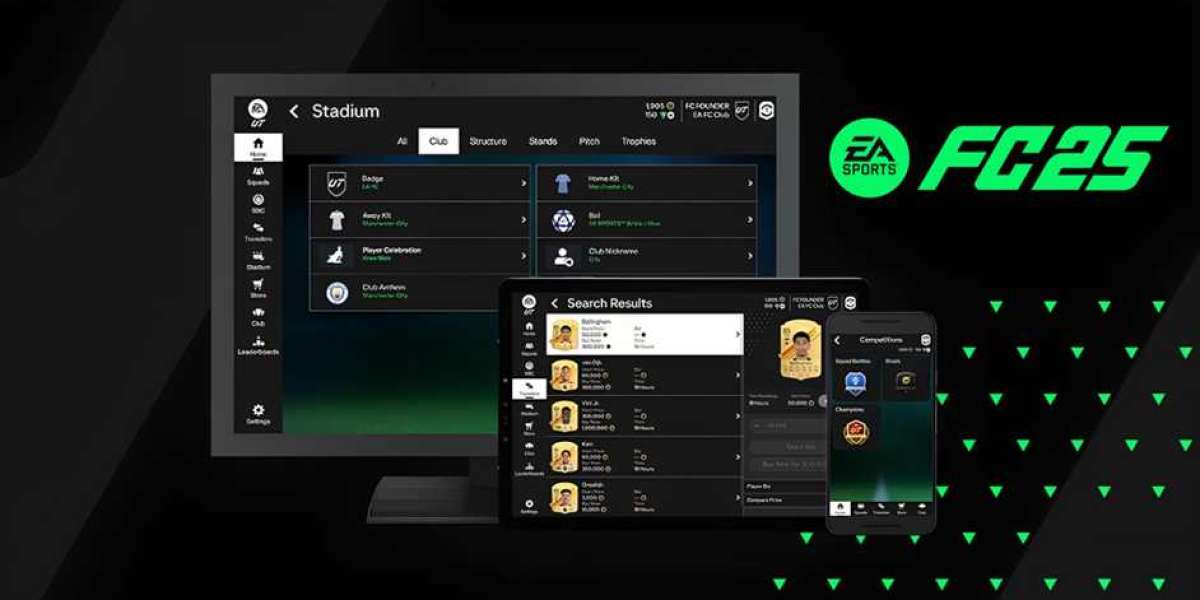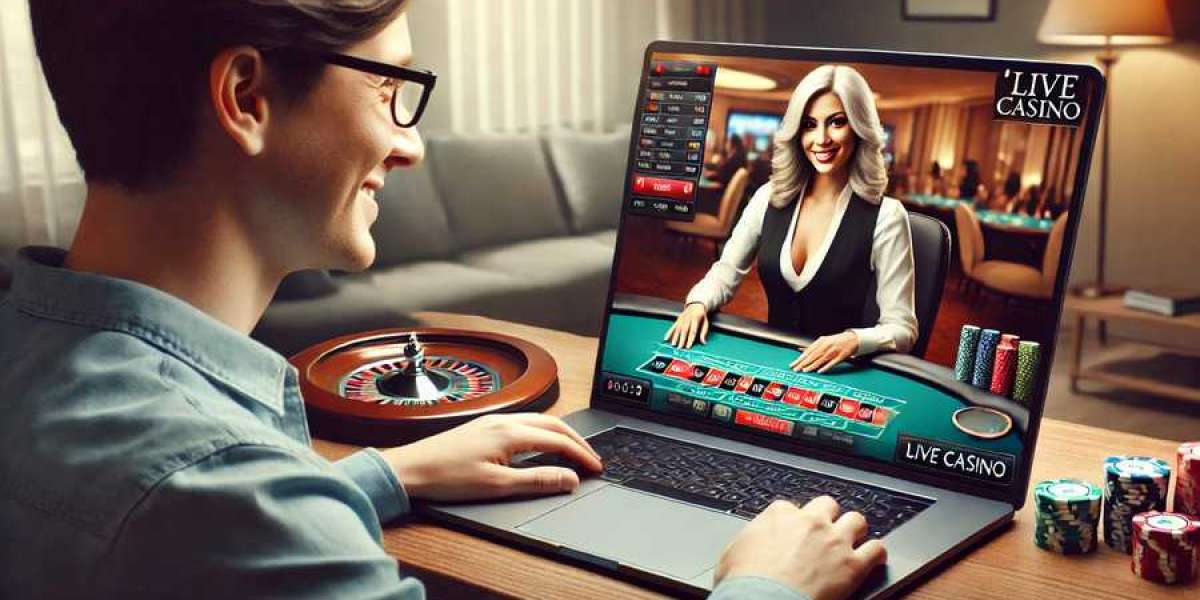 Espacio personal invadido
Espacio personal invadido Una persona que te desea o que es cercana, tendrá mucho más problemas manteniendo el contacto visual al decir una mentira. Esa es una señal clara, de forma especial cuando se trata de alguien que normalmente hace contacto visual en el momento en que te habla. Una señal común es la de una persona que, de la noche a la mañana y sin razón, comienza a aumentar sus señales de aprecio. Los hábitos no verbales en ocasiones pueden interpretarse como signos de ansiedad o agobio, pero asimismo pueden ser simplemente hábitos que ha creado transcurrido el tiempo.
Si eres el género de persona que siempre y en todo momento cruza los brazos en el momento en que charla con alguien más, puedes estar dando el mensaje de ser un individuo que siempre está a la protectora. Cruzar los brazos, de cuando en cuando, puede ser tomado como un acto de autodefensa y demuestra falta de apertura a los demás. Esto puede producir que las personas no deseen detallar una relación muy próxima contigo. Sea cual sea la estrategia por la que elijas, lo importante es que no te dejes llevar por tus emociones y que mantengas siempre y en todo momento habilitado el sentido que te indique qué señales son recomendables y útiles. Entonces vas a poder usar tu lenguaje corporal de forma deliberada y en tu beneficio. Los ejemplos indicados previamente muestran que la postura corporal y movimiento no se tienen la posibilidad de separar uno del otro en la práctica. Es muy poco probable que una persona con una posición corporal erguida que muestre orgullo camine de manera tímida, o que un individuo que pasea por la calle de forma encogida y hundida lo lleve a cabo con pasos largos.
Descubre en este post cuántos tipos de sonrisa hay verdaderamente y cuáles son sus significados. Frotar los ojos es un gesto común que de forma frecuente se puede observar en la vida cotidiana. Es un signo de fatiga, frustración o molestia, y se utiliza para comunicar estos sentimientos sin expresiones. Si bien puede parecer un ademán inocuo, puede ser sorprendentemente revelador sobre de qué forma se siente alguien. El gesto también se puede usar para enseñar respeto por la opinión o el criterio de otra persona, tal y como si quisiera decir que estás abierto a novedosas ideas y dispuesto a estimar su visión. En algunas etnias, también se ve como una señal de respeto por los mayores O Que é Imagem Corporal Na Psicologia? superiores.
Por poner un ejemplo, ideas que están tras el clasismo y el "tanto tienes, tanto ales" o los roles de género sostienen a muchas personas en ocasiones de sumisión y aparente incapacidad para superar ciertos límites de desarrollo personal.
How to Read Microexpressions
All primates demonstrate behaviors including the freeze response and varied self-soothing behaviors, such as touching the neck or twirling the hair in people. We know that many non-verbal behaviors are innate because even blind youngsters engage in them. To make others feel snug while standing, crossing your legs will show you have an interest in what the other individual has to say. It additionally means, "Take your time." The standing crossed legs will allow you to say that you are comfortable with the other person.
The Eyebrow Flash
Body language is one other crucial element in storytelling through posing. The means a mannequin carries themselves, their posture, and gestures contribute to the overall message of the photograph. Whether it’s a confident stance, a relaxed pose, or a dynamic movement, body language conveys emotions and sets the tone for the narrative. Of course, you don’t should photograph a smiling subject to speak tales of happiness. Take this picture beneath, for example, which includes a topic with their arms raised in the air. Even although we can’t see their facial expressions, their body language exhibits us their elation at the stunning scene in front of them. It communicates the excitement of touring, in addition to the pure pleasure found in this freedom.
Silent Signals
Generally talking, you can’t get a whole picture of what others assume and feel primarily based on their body language alone. When you place body language in the context of their words, you may get a lot more data than you'd when considering either kind of communication alone. In fact, there’s a complete field of study, referred to as kinesics, devoted to understanding nonverbal communication. The degree of bodily distance a person maintains when speaking to you can generally give you clues about their mood or feelings for you. For example, you may fidget when you’re bored, but neurodiverse individuals may fidget in order to enhance focus, calm nervousness, or self-soothe in different ways. According to Barbara and Allan Pease, authors of "The Definitive Book of Body Language," researchers have recorded nearly a million nonverbal cues and signals.
Capturing the Perfect Pose
Have open hands or a slight gesture that appears welcoming, not closed-off like crossed arms. Pivoting in picture poses is a great approach to present motion and power. It’s if you turn or twist your physique slightly, so you’re not facing the digital camera straight on. This means that looking closely at someone’s micro expressions in photographs can give clues about what they’re really feeling. In photos where you want to look good, similar to online profile pics or headshots for a job, body language is additional necessary.
What are the key takeaways for mastering posture and body language in portraits?
Facial expressions are also among the most common types of body language. The expressions used to convey concern, anger, unhappiness, and happiness are similar all through the world. Symptoms of fear embody eyebrows which are raised and drawn together, together with widened eyes. The mouth might be barely open, and the individual may exhibit speedy breathing or different signs of anxiety.






